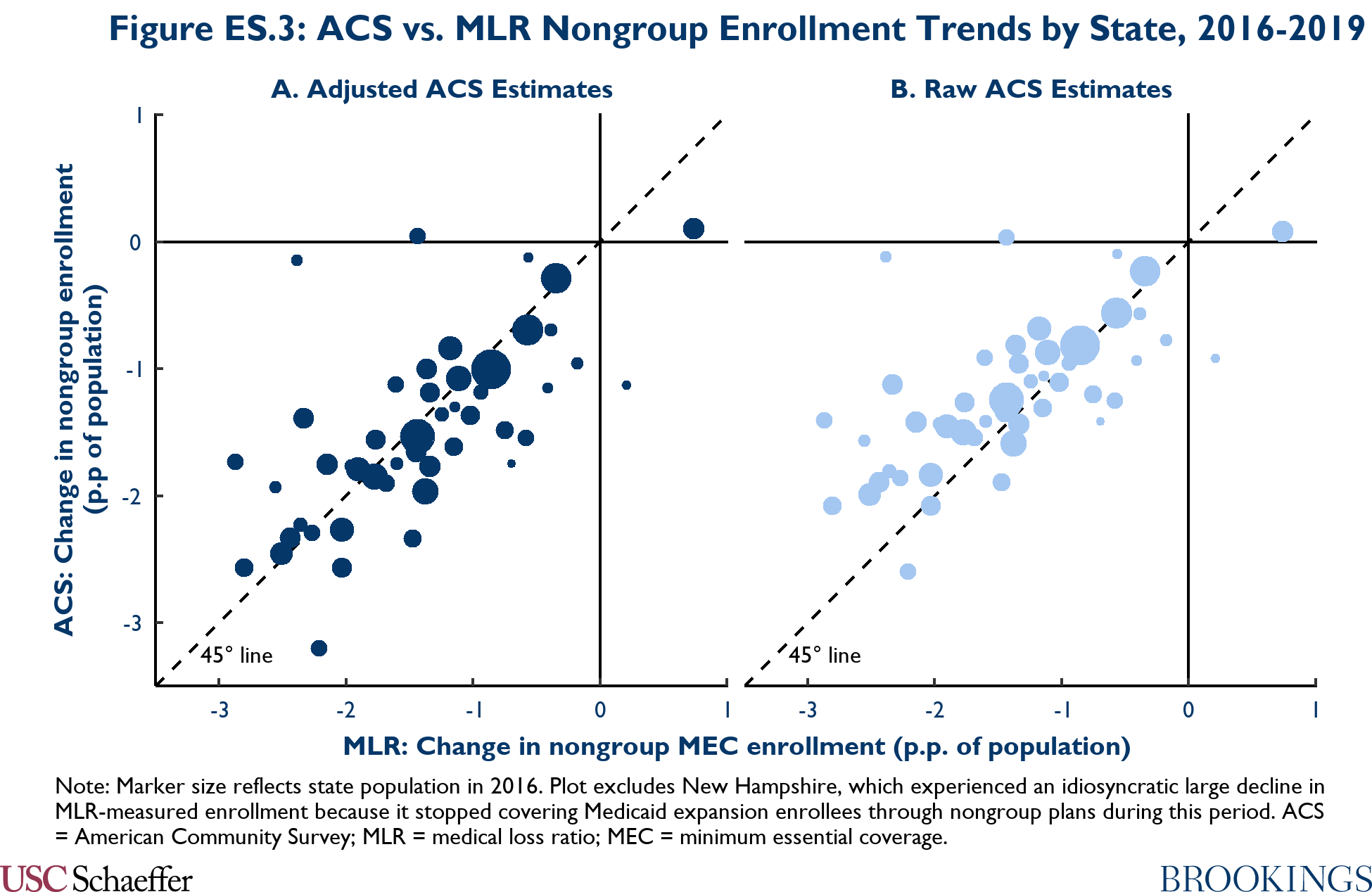
There are many factors you need to consider when looking at the best auto companies. Bankrate score, Customer reviews and complaints data are all important factors. It's up to the individual to choose which one works best for them. It does not matter whether you need a comprehensive or liability insurance policy. You just need to know what features to look for.
Bankrate Score
Bankrate does more than simply evaluate the top auto insurers. Bankrate also considers technology, customer service, and digital resources. Insurers are constantly evolving in this digital age. They need to adapt quickly and continuously improve their offerings to stay competitive.

Bankrate scores insurance companies by analyzing third-party ratings and customer satisfaction scores. They also assess their financial strength as well as online and mobile accessibility. The overall score for each carrier is rated out of five points.
Get Discounts
There are usually discounts for multiple cars. This could save you between five and ten percent. Most common discount is called the paid-in full discount. This discount rewards you for paying for your premium in full up front. A discount of 5%-10% is possible if your premium is paid in full.
Other discounts include multi-car discounts. Insuring multiple vehicles under the same policy can help you save money. Most insurance companies offer this discount. For example, Progressive offers a 12% discount on multiple car insurance policies. Other major insurers also offer multi-policy discounts. Students may be eligible for discounts. Geico offers 15% discounts to students, for instance.
Complaint data
Data from complaints against auto insurance companies shows they're not all the same. Customer complaints about insurance companies are most prevalent when they have to make a claim. 68% of all complaints revolved around claims. These include low settlement offers, delayed claims processes, or denial of claims. Although it is compelling to purchase insurance because of the promise that you will receive prompt reimbursement, it can also cause frustration and stress.

Consumers can determine a company's quality of service by using data from the NAIC complaint index. The index is a way to compare insurers on customer satisfaction by comparing their complaint ratio to the average nationwide complaint ratio. A company's complaint ratio is the amount of complaints it receives for every $1 million in premiums paid or the annual premiums. Customers who receive fewer complaints are more likely to be satisfied with their service.